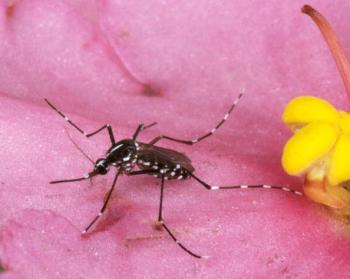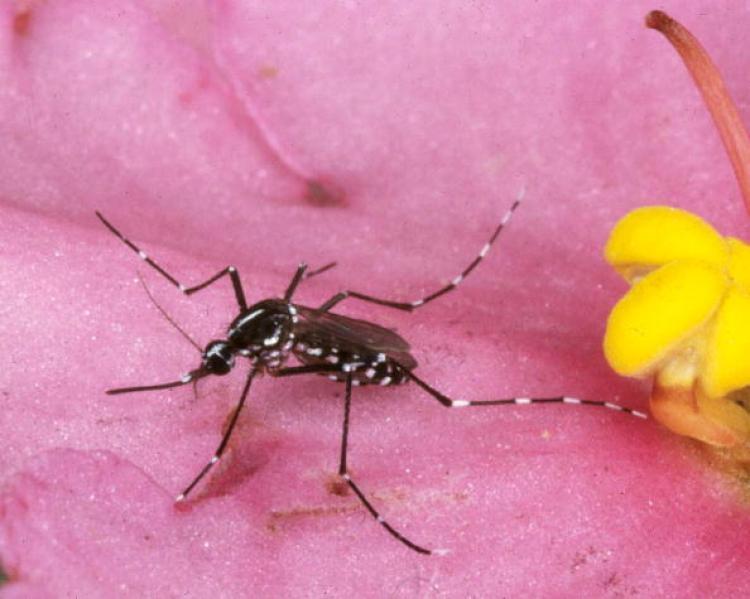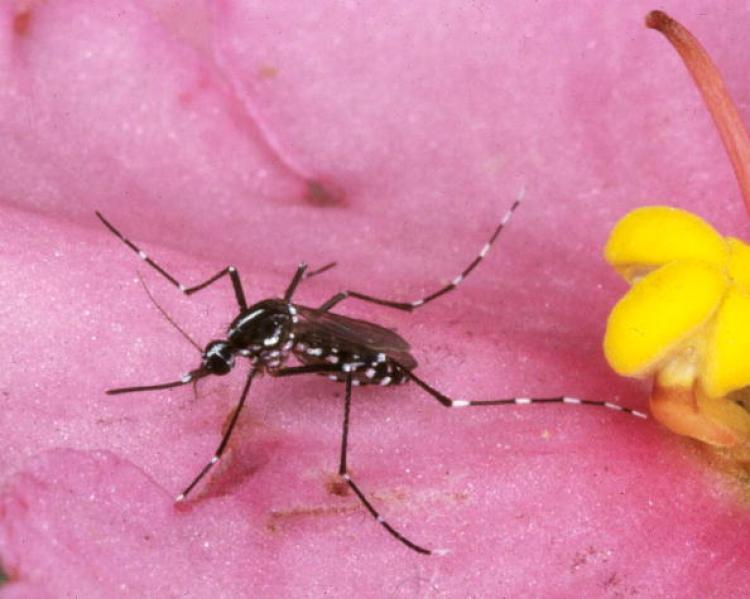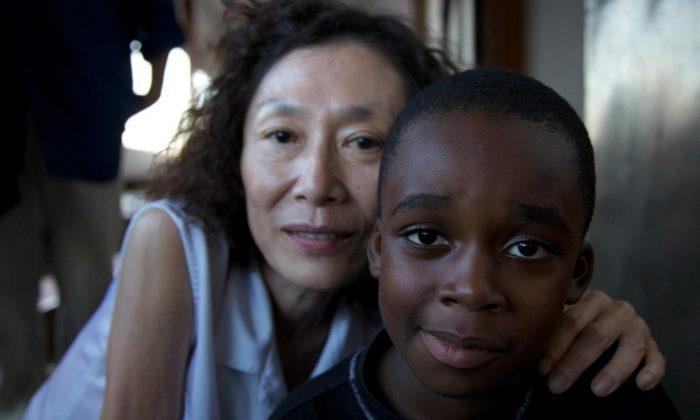The National Institutes of Health (NIH) are dedicating resources to getting rid of malaria around the world. The deadly illness was officially eradicated in America in 1949. Tropical disease specialist Dr. Joseph Vinetz from the University of California San Diego (UCSD) will lead the effort.
Dr. Vinetz is hoping to first establish 10 NIH-funded International Centers of Excellence in Malaria Research (ICEMR) in seven regions where malaria is endemic. He has spent many years fighting the disease in the Amazon basin. “At a time when eradication is the ultimate goal of malaria control strategies, it remains unclear why malaria has proven so difficult to control across the Amazon Basin,” said Vinetz, in a UCSD press release.
The National Institute of Allergy and Infectious Diseases (NIAID) is the part of the NIH that initiated the grants for malaria research. In a statement, NIAID Director Dr. Anthony Fauci said, “One of our primary goals with these centers is to fund cutting-edge research in malaria-endemic areas that will keep up with the rapidly changing epidemiology of the disease.”
According to NIAID, almost $14 million will be allocated for the first year of the multiyear project.
According to the NIH, about 240 million people become infected with malaria each year, and approximately 850,000 die. UCSD estimated a somewhat higher number of 300 million infections and 1 million deaths. More than 3 billion people live where malaria is a threat. It is endemic to Africa, parts of Asia, and South America. The strain in Sub-Saharan Africa causes 85 percent of malaria deaths, according to UCSD.
Malaria is transmitted by mosquitoes that carry the parasitic microorganism. No vaccine exists. The disease quickly changes and becomes resistant to drug therapies.
The ICEMR center in Peru and Brazil, where Dr. Vinetz will be the principal investigator, will collaborate with the already established bases of malaria research centers like the University of Sao Paulo, Brazil. Malaria parasitologist, Marcelo Ferreira said, “Our focus will be on studying the great reservoir of malaria-infected people who have no clinical symptoms of [the] disease. This will allow us to direct malaria control efforts at the sources of infection: asymptomatically infected humans.”
Dr. Vinetz is hoping to first establish 10 NIH-funded International Centers of Excellence in Malaria Research (ICEMR) in seven regions where malaria is endemic. He has spent many years fighting the disease in the Amazon basin. “At a time when eradication is the ultimate goal of malaria control strategies, it remains unclear why malaria has proven so difficult to control across the Amazon Basin,” said Vinetz, in a UCSD press release.
The National Institute of Allergy and Infectious Diseases (NIAID) is the part of the NIH that initiated the grants for malaria research. In a statement, NIAID Director Dr. Anthony Fauci said, “One of our primary goals with these centers is to fund cutting-edge research in malaria-endemic areas that will keep up with the rapidly changing epidemiology of the disease.”
According to NIAID, almost $14 million will be allocated for the first year of the multiyear project.
According to the NIH, about 240 million people become infected with malaria each year, and approximately 850,000 die. UCSD estimated a somewhat higher number of 300 million infections and 1 million deaths. More than 3 billion people live where malaria is a threat. It is endemic to Africa, parts of Asia, and South America. The strain in Sub-Saharan Africa causes 85 percent of malaria deaths, according to UCSD.
Malaria is transmitted by mosquitoes that carry the parasitic microorganism. No vaccine exists. The disease quickly changes and becomes resistant to drug therapies.
The ICEMR center in Peru and Brazil, where Dr. Vinetz will be the principal investigator, will collaborate with the already established bases of malaria research centers like the University of Sao Paulo, Brazil. Malaria parasitologist, Marcelo Ferreira said, “Our focus will be on studying the great reservoir of malaria-infected people who have no clinical symptoms of [the] disease. This will allow us to direct malaria control efforts at the sources of infection: asymptomatically infected humans.”








Friends Read Free